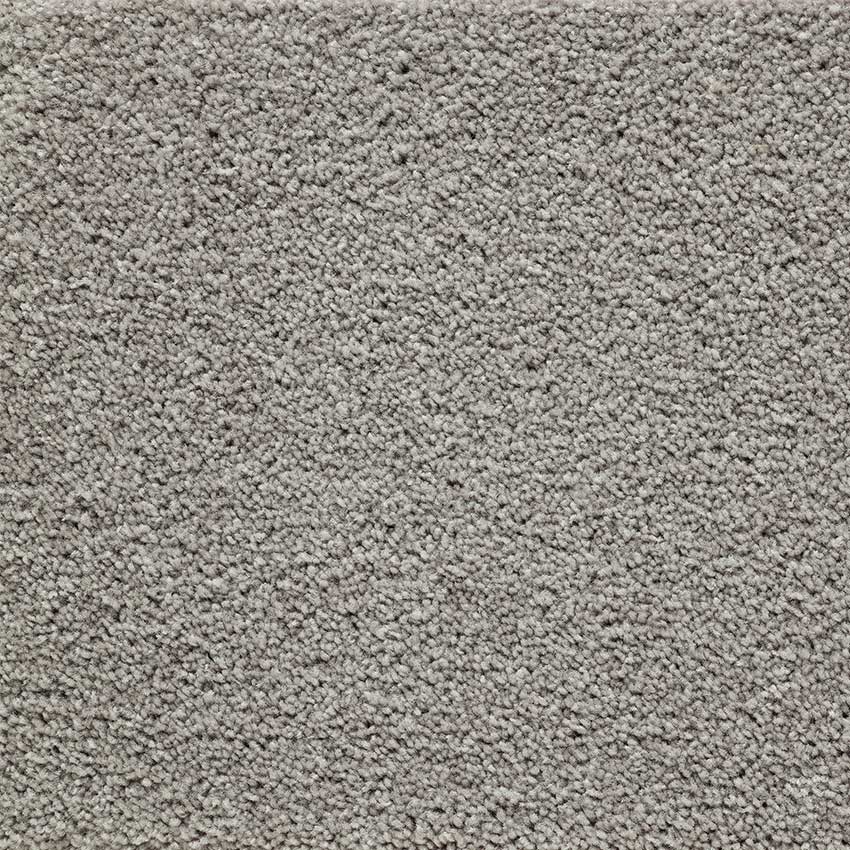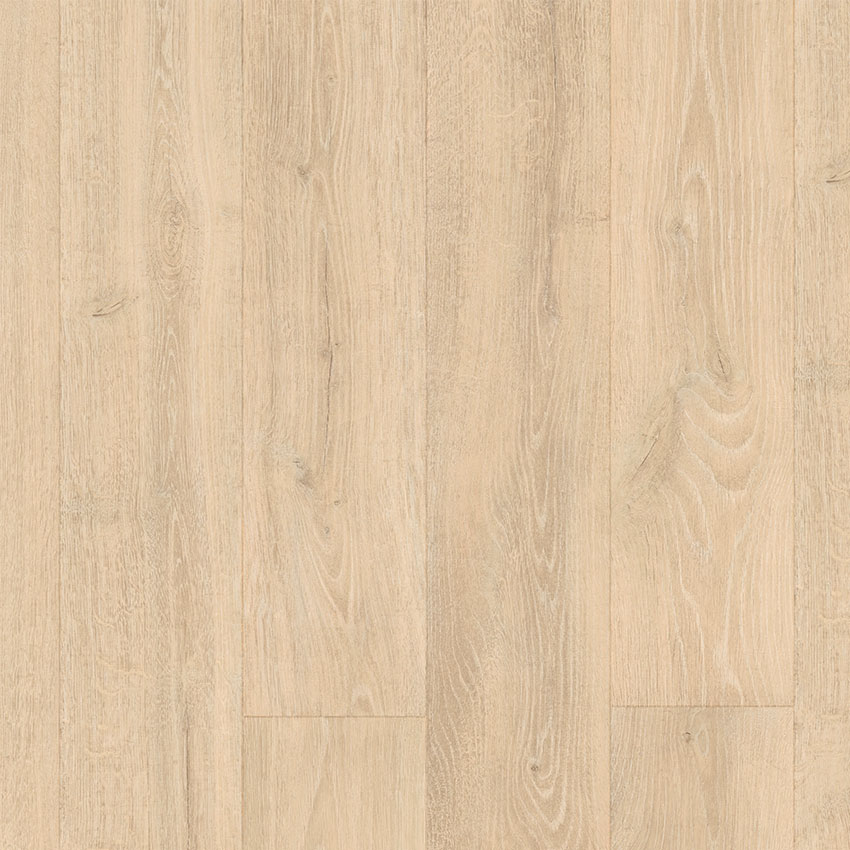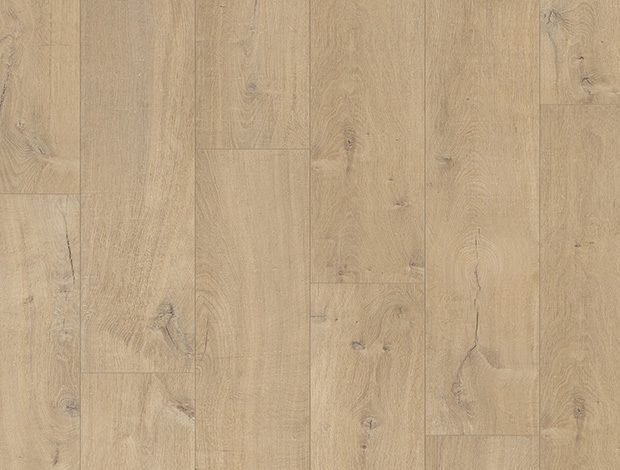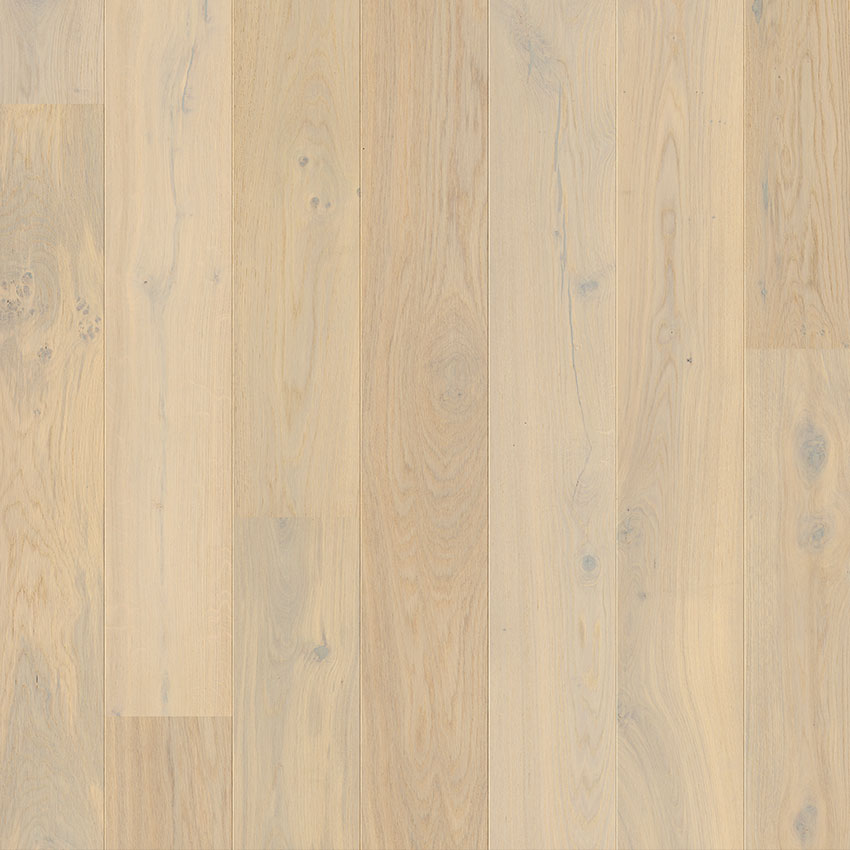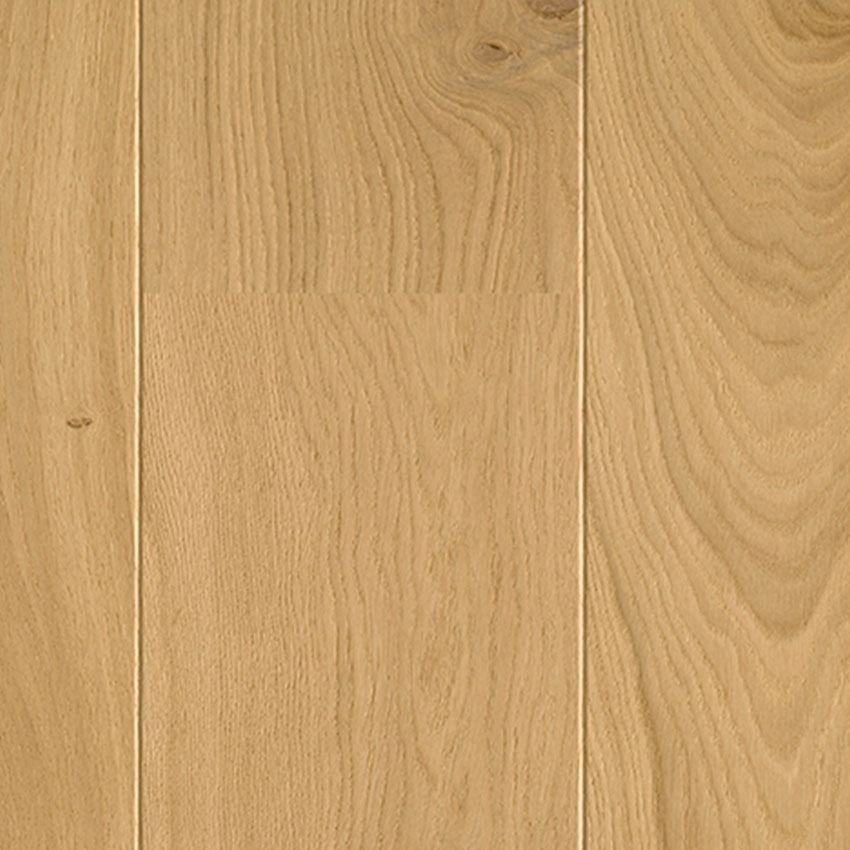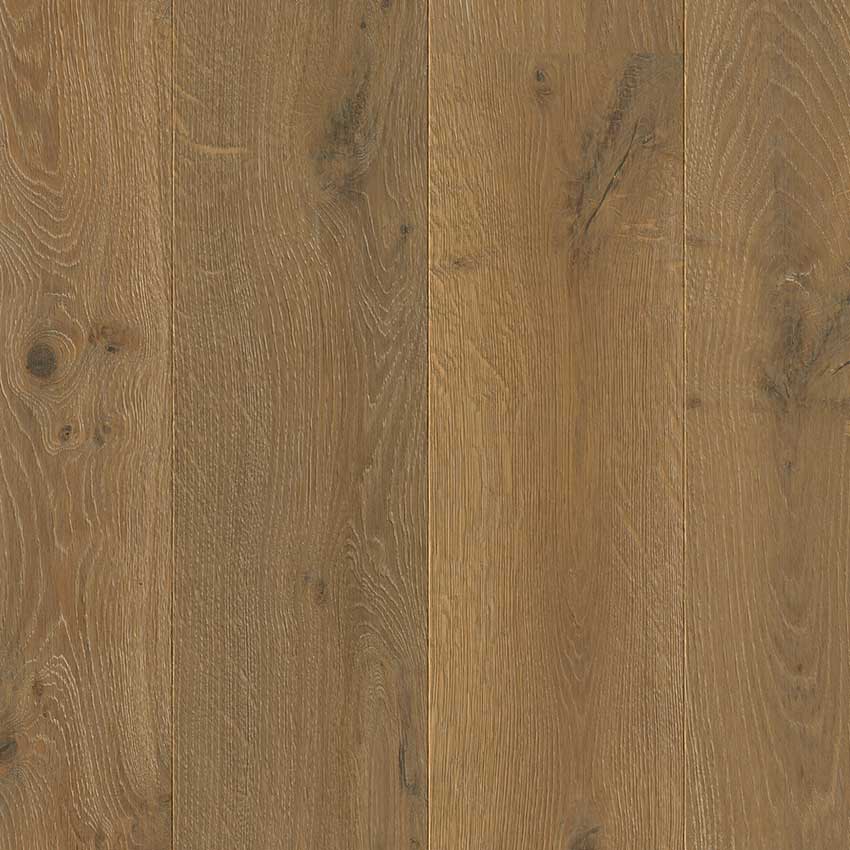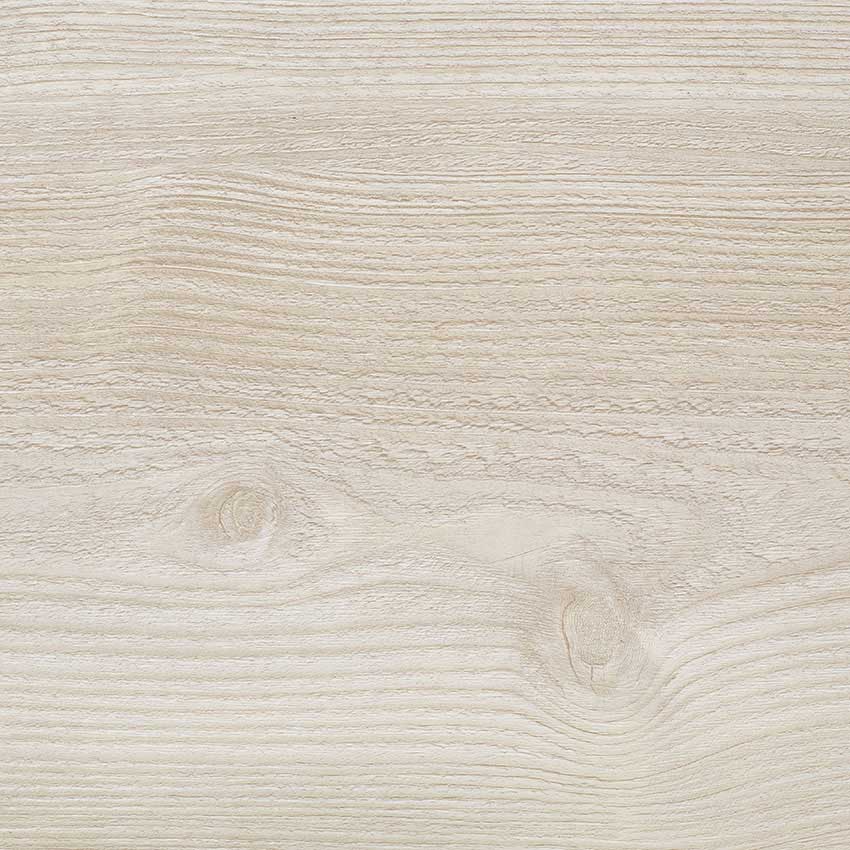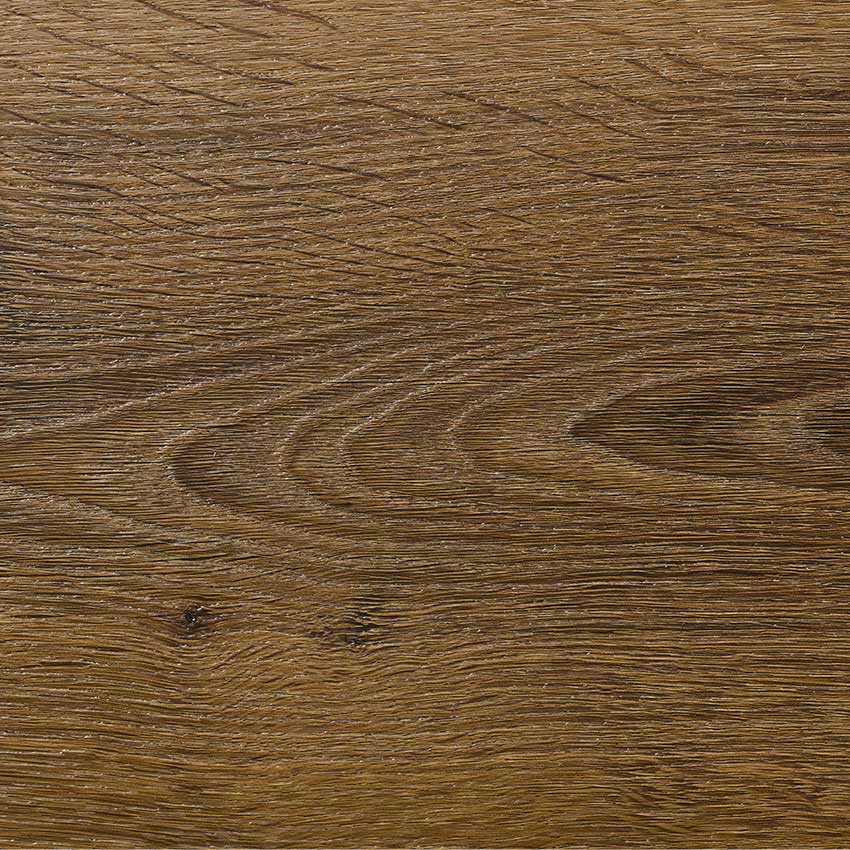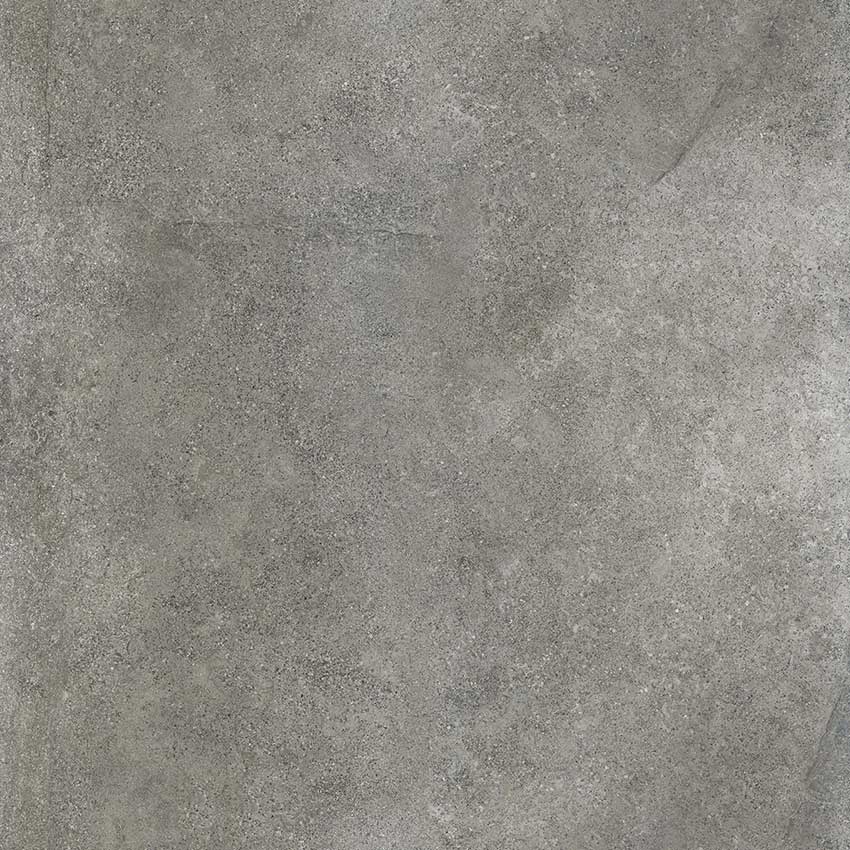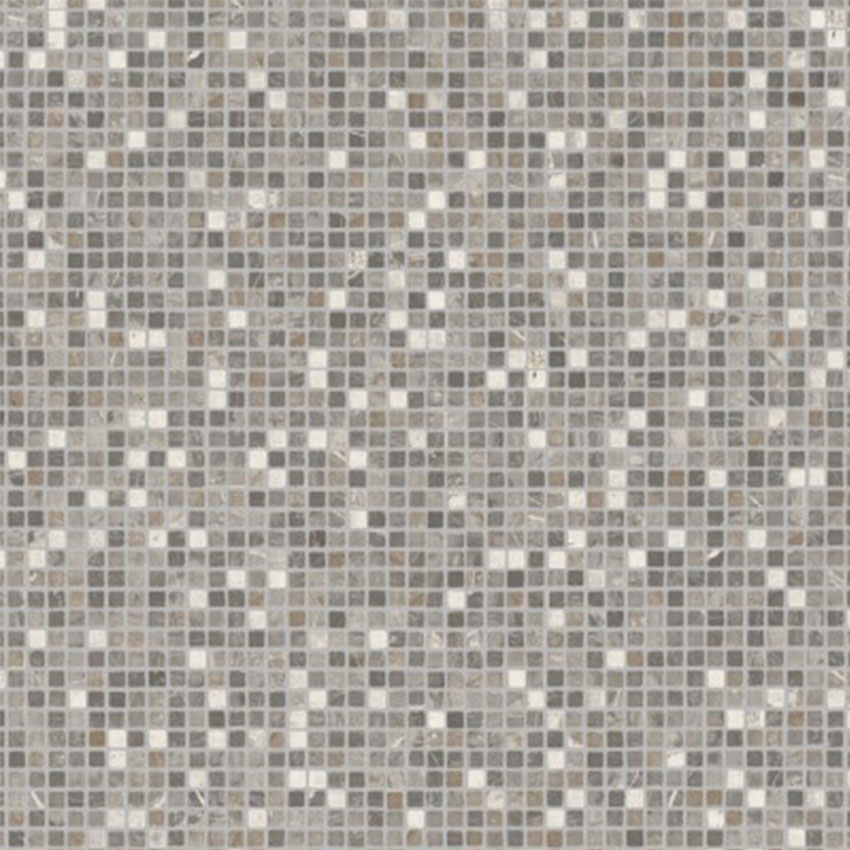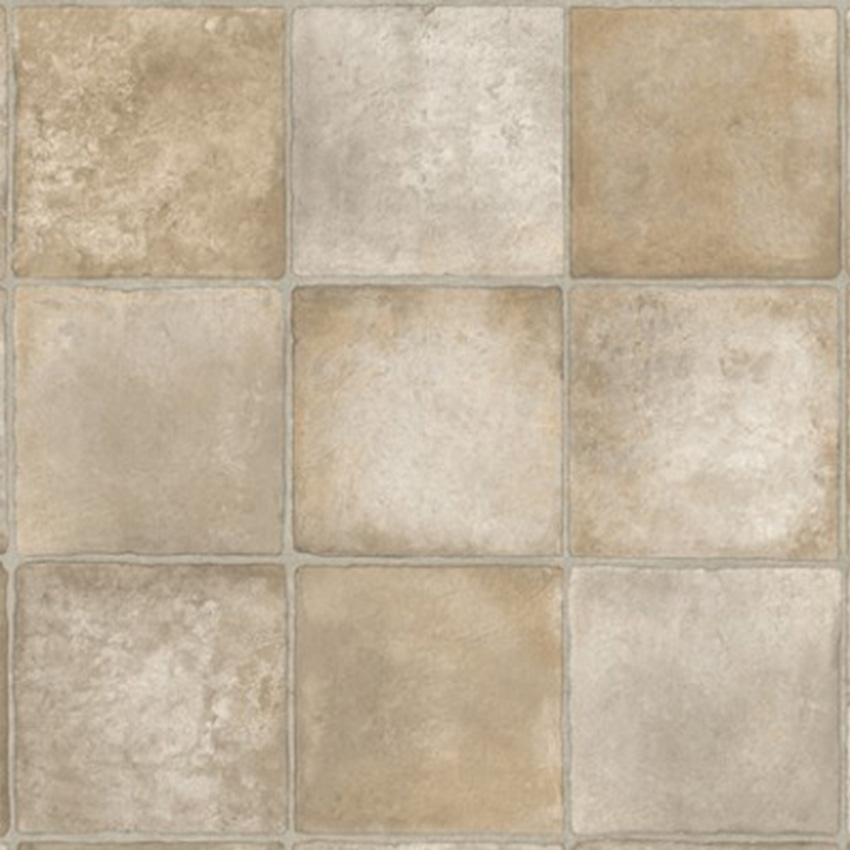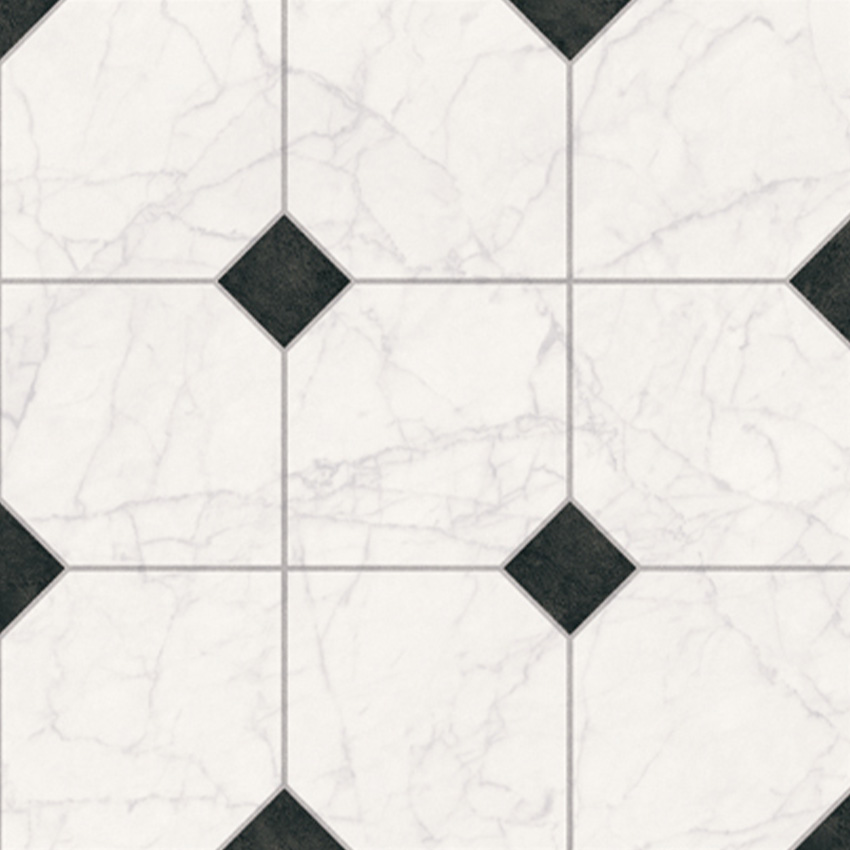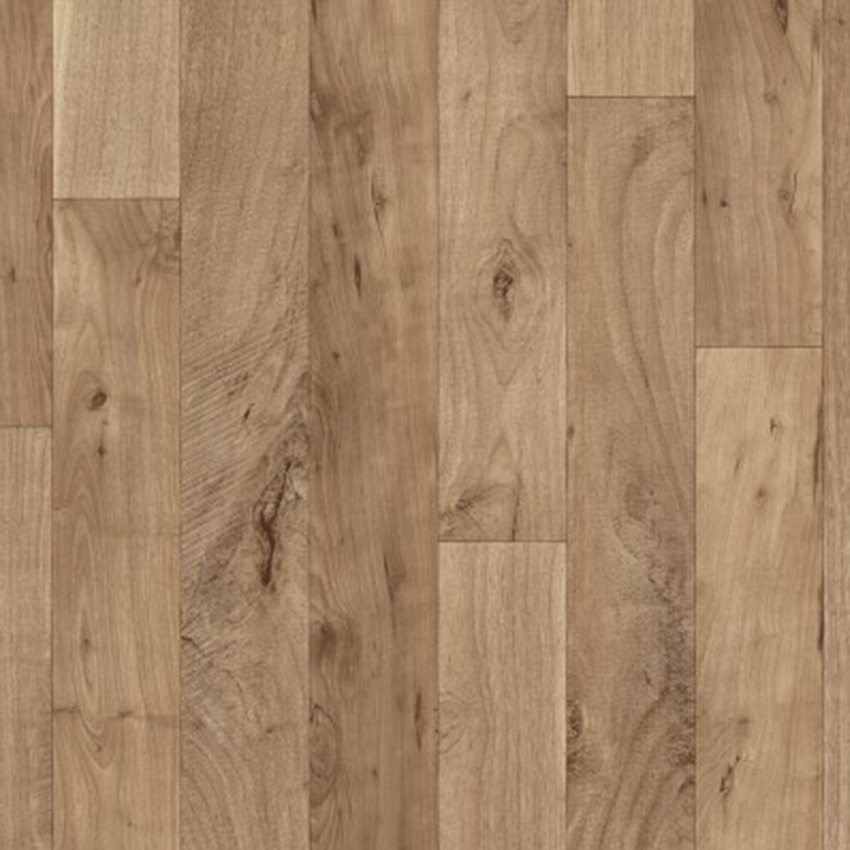Your floor can tie everything together. Floor rugs or carpet squares are a great way of defining a space particularly in a larger room. I love putting all furniture in an area on a rug so that it feels grounded and defined. However if the budget doesn’t extend to that size just think about getting the front legs of each sofa or chair onto the rug or floor covering.
Archives: Troubleshooting
Don’t push your furniture up against the walls when arranging. You want your furniture to float in a space not feel like the sofa is holding the wall up. Think about how you interact in the space you’re looking at. If it’s a living room, the feeling is conversation and communication so placement of furniture needs to be collective so that as you sit you can talk comfortably and feel connected and at ease.
We’ve heard you brighten up a dark room by painting it bright or white. Not necessarily so. This can often highlight the lack of light you’re trying to hide! If a hallway is dark and gets very little natural light, I often paint it a slightly deeper colour than the other spaces in the house. By doing this you are effectively creating a spine and adding depth and structure to your paint palette. We don’t sit in our hallways and read a book and we don’t entertain in them, we pass through them so they can handle being stronger and bolder and provide the balance to the other lighter and airier rooms. If it’s a dark room give it warmth by using muted, soft tones – the end of the day colours, warm blush pinks and tones of claret reds, ochre, soft grey blues that have a hint of umber and muted greens of moss.
Often we fall in the trap of filling a small space with small things. This can often create the feeling of the space feeling even smaller than it is. What you want to do is create an illusion, put one big piece of furniture in (a statement piece) that becomes the focal point for the eye as it travels through the space.
Many design mistakes are made by seeing something we love and buying it without actually thinking about where we are going to put it or whether it works with what we’ve already got. Have a plan with your purchases, that doesn’t mean don’t follow your heart – just temper those thoughts with “where is this going to go “ before handing over the credit card. Also remember if it’s expensive you could ask to take it home for a viewing first, then you may only be up for the cost of the delivery rather than the entire piece if it doesn’t’ t work. Or take a photo and get it put on hold, look at the room and think about how you would use it.
Lots of people are going to try and tell you how to design your place. Instead, get to know what you like by researching through magazines and websites for looks you love and looks you don’t. This will very quickly determine your natural preference. From there decide if you need help or not. Remember design advice can just be for a floor or a paint colour, it doesn’t mean investing in a full service. Ask questions but only seek advice from one or two trusted sources. Have a plan and don’t start your design project without it. Yes it might change as you go, but reference where you started, to make sure you still end up with what you originally wanted.

